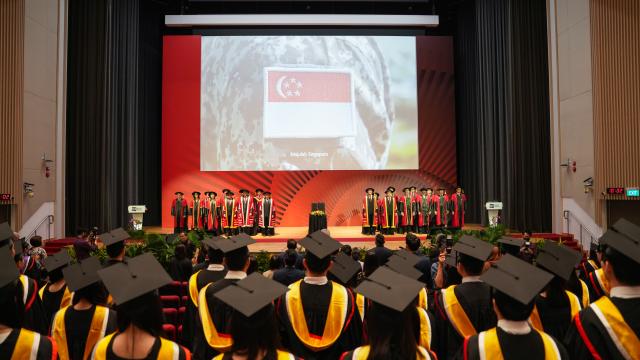EMA and SIT have awarded grant to a consortium led by Strides, to develop and test-bed Vehicle-to-Grid (V2G) technology to provide grid services.

(Shutterstock: Fit Ztudio)
The Energy Market Authority (EMA) and Singapore Institute of Technology (SIT) have awarded a grant, under the EMA-SIT Exploiting Distributed Generation (EDGE) programme, to a consortium led by Strides, to develop and test-bed Vehicle-to-Grid (V2G) technology to provide grid services. This will be Singapore’s largest V2G test-bed conducted with 15 commercial vans and 10 V2G-enabled electric vehicle (EV) chargers.
V2G technology allows EVs to be transformed into dynamic assets by harnessing electricity stored in the vehicle’s battery. V2G not only enables dynamic charging of EVs in response to grid conditions but can also discharge electricity back to the grid when needed. This bidirectional flow of electricity may help alleviate supply tightness and improve power system stability by better balancing electricity demand and supply.Driven by the growth of electricity-intensive sectors such as digital economy, advanced manufacturing, high-tech farming, and vehicle electrification, system peak demand in Singapore is expected to grow at a compound annual growth rate of up to 6.5% from 2023 to 2028. By leveraging V2G technology, EVs could potentially be tapped on to manage the increased peak electricity demand.
Starting November 2023, Strides will begin the pilot project that will test-bed the V2G technology in the Punggol region. Strides will also develop a fleet management system that would track the status of EVs and optimise the fleet schedules to enable the EVs to provide grid services. Findings from the test-bed will provide insights on the technological, commercial and regulatory feasibility of V2G in Singapore.
On the V2G test-bed, Mr Ngiam Shih Chun, Chief Executive of EMA, said: “With its ability to facilitate bidirectional transfer of electricity, V2G technology has untapped potential that can support the grid in new ways. If successful, the test-bed will enable Singapore to increase the use of innovative technologies to intelligently manage electricity demand and unlock the potential of large-scale V2G adoption in future.”
Associate Professor Susanna Leong, Vice President (Applied Research), SIT said, “As Singapore’s University of Applied Learning, SIT is focused on nurturing next-generation technologies to address the challenges in energy and sustainability, and to drive the efficient and innovative use of clean energy. Collaborating with the industry on translational research and through the EDGE programme, we aim to leverage SIT’s microgrid capabilities to test new technologies and solutions with Strides, while providing SIT students with the opportunity to work with industry partners.”
Launched in 2019, the $20 million EDGE programme by EMA and SIT focuses on developing innovative power engineering projects and building capabilities that would support Singapore’s transition to a more sustainable future. Under this partnership, companies and researchers from all Institutes of Higher Learning have the opportunity to participate in grant calls and develop new technologies and capabilities to build a more sustainable, reliable, and resilient energy system.
Annex A: Factsheet on Strides
ANNEX A: FACTSHEET ON STRIDES
The Energy Market Authority (EMA) is a statutory board under the Singapore Ministry of Trade and Industry. Through our work, we seek to build a clean energy future that is resilient, sustainable, and competitive. We aim to ensure a reliable and secure energy supply, promote effective competition in the energy market and develop a dynamic energy sector in Singapore. Visit www.ema.gov.sg for more information.
The Singapore Institute of Technology (SIT) is Singapore’s first University of Applied Learning, offering industry-relevant degree programmes that prepare its graduates to be work- and future-ready professionals. Its mission is to maximise the potential of its learners and to innovate with industry, through an integrated applied learning and research approach, so as to contribute to the economy and society.
The University’s unique pedagogy integrates work and study, embracing authentic learning in a real-world environment through collaborations with key strategic partners. Its focus on applied research with business impact is aimed at helping industry innovate and grow. Targeted to be ready in 2024, SIT’s centralised campus within the larger Punggol Digital District will feature a vibrant learning environment where academia and industry will be tightly integrated with the community.
For more information, visit www.SingaporeTech.edu.sg.
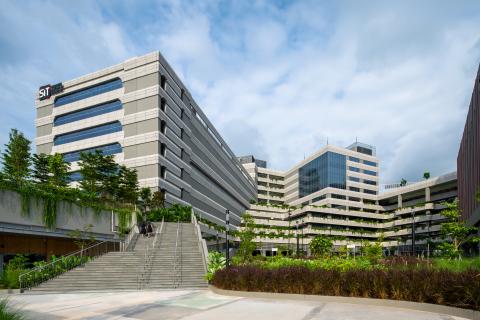
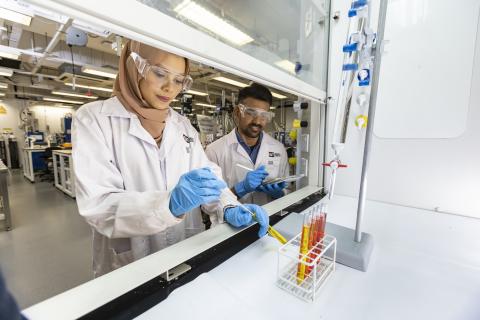




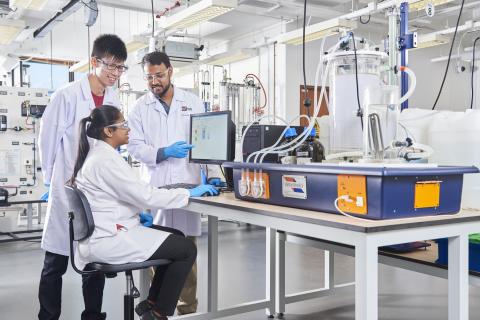
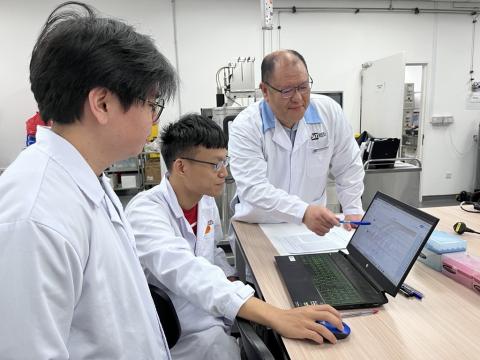







![[FA] SIT One SITizen Alumni Initiative_Web banner_1244px x 688px.jpg](/sites/default/files/2024-12/%5BFA%5D%20%20SIT%20One%20SITizen%20Alumni%20Initiative_Web%20banner_1244px%20x%20688px.jpg)
